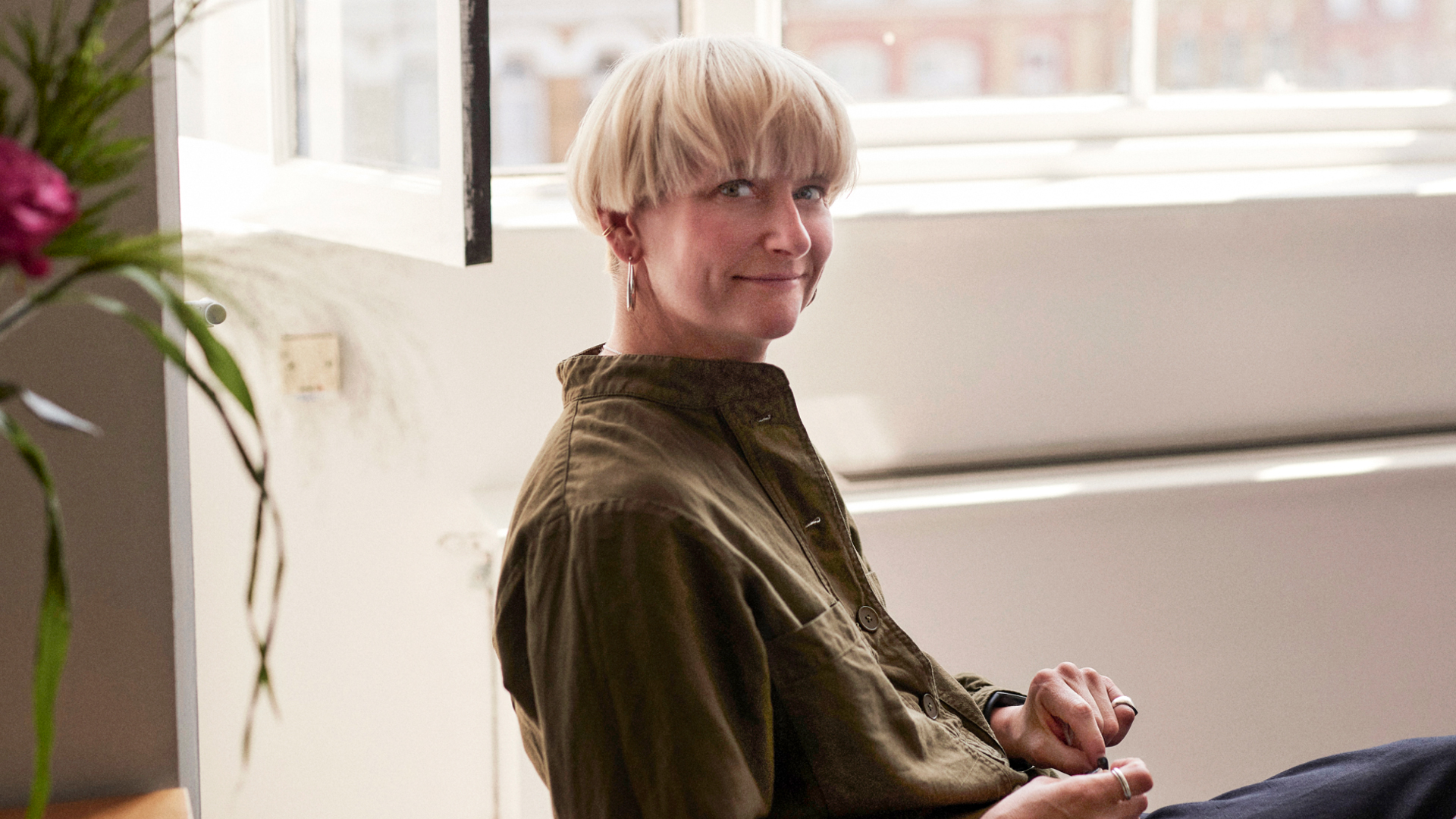
London-based agency Output has created branding for the likes of Dave, Campaign Against Living Miserably, the MindGym and Monzo. Its partner/creative director, Johanna Drewe, began working at Output as a designer in 2010 and has worked her way up to the top, becoming a partner in 2020. She's previously been a judge on the Brand Impact Awards, and is also a guest lecturer at London College of Communication and London Met.
We caught up with Drewe to find out about a typical day at Output, as well as how the studio approaches briefs and tricky challenges. She also shared some fantastic advice for those wanting to climb the career ladder.
For more in the Day in the Life series, see our post with senior designer at COLLINS, Emily Sneddon.
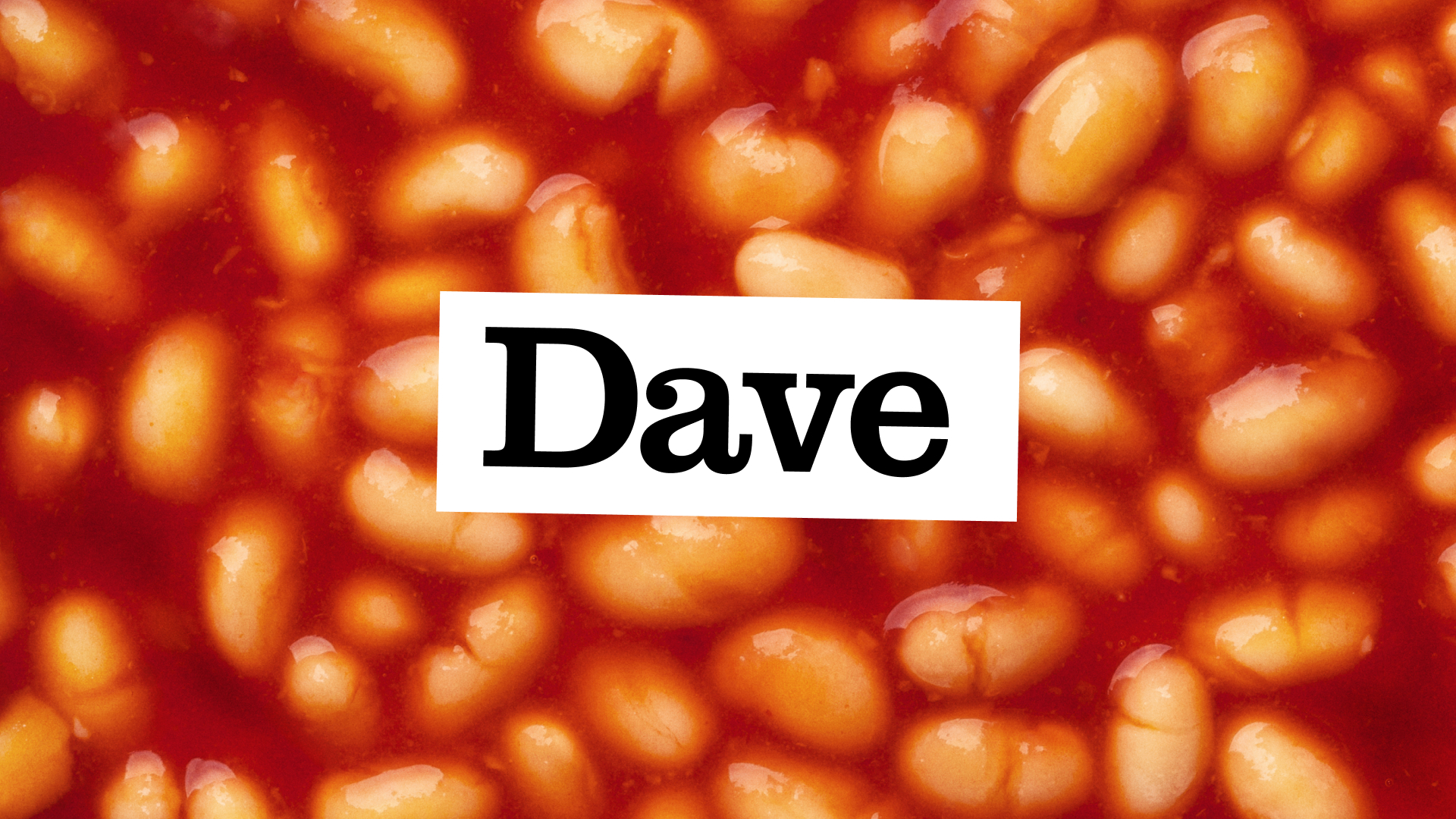
Tell me about a typical day in your current role
I wear a couple of different hats: I’m a creative director and also a partner in the business I run with Gemma Ballinger, our managing director.
The creative team are generally in the studio three days a week now, after building up from one day a week following the pandemic. We recently moved to a studio in Farringdon and the light is dreamy – it streams in from the windows at the front. I love the vibe the studio has when the team is there, and even more so when the wider team joins us. A few people live outside London and come in less often, so their presence brings new energy. There’s lots of laughter and catch-ups in person.
I catch up with the team on projects first thing in the morning. Depending on the scale of a project, my involvement varies. I prod and poke at the creative to ensure it goes beyond the brief. I encourage the team to scare the client with creative they’ve never seen before, a concept that surpasses their expectations and that of the category. This does come with a flipside! Which often means I need to support the client, encourage them to be brave and rally them around the concept.
I might do quick check-ins with the team individually or as a group and just check the lay of the land. How’s everyone doing, is there anything to be aware of today, are things going well or not so well?
On a typical day I’ll sit down with our Leadership Team to talk about potential projects and proposals, help scope out plans, attend new business meetings or pull together some stimulus to help explain our thinking for a project proposal.
We’re in the process of launching a hub of thought leadership and guides from the Output team. So, a few hours a day are dedicated to working on that. I’m currently writing an article with the working title, 'Slap clients round the face, make them poo their pants', which is very much about pushing the client beyond their limits, allowing our design team to push themselves and the work, and really create game-changing brands for businesses that will help change the world.
I attend a fair amount of meetings throughout the day. Some days they're planning, business strategy or workshops, and others are more future vision and direction-setting. Today, we have a character workshop for a new client, led by our strategy director. The company is only a year old, so they have a small, crack team focused on where they want to head. We’ll set about defining adjectives together for how they’d like to be described, which will inform our creative exploration. I like to remain relatively quiet initially and allow the creative team and the client to ideate and explore potential avenues. I’ll jump in later to ensure we get the most unique combinations to really push our design work into interesting directions.
I finish the day reviewing a set of screen designs for a meeting the following day.
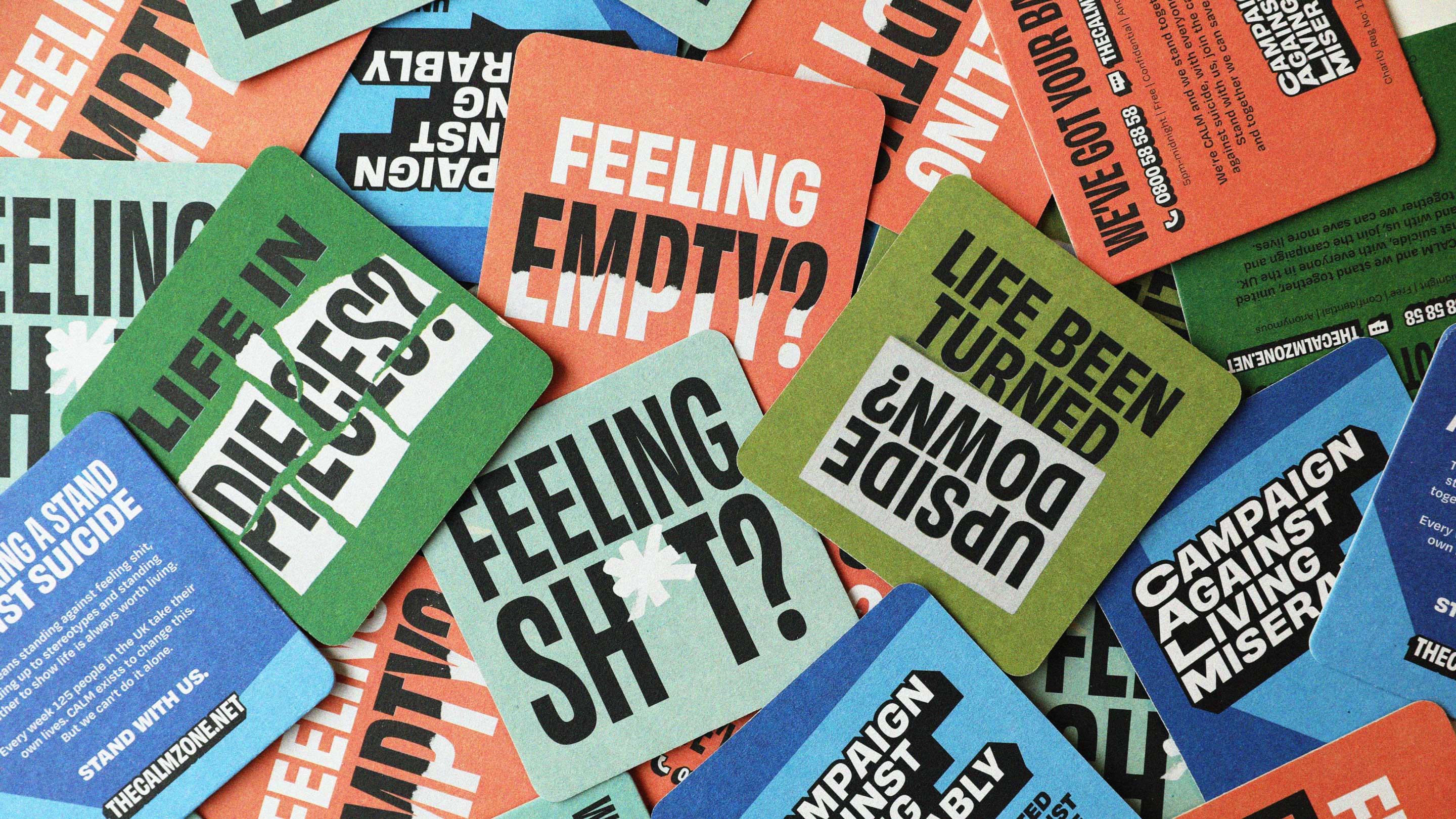
Which Output project are you the most proud of and why?
From a personal perspective, the brand and site experience for the Campaign Against Living Miserably is a project I was still ‘on the tools’ for while in a CD role. As an organisation they are so inspiring, tackling a really tough but super-important subject in a really unique way. The brand posed so many challenges to communicate across the massive range of activities they do from helpline and webchat, an online resource, content creator and campaign as well as motivating huge fundraising and volunteering efforts and supporting anyone affected by suicide.
We aren't doctors so we will never be saving lives with our work, but designing for CALM does mean you can amplify their life-saving work.
But as a studio we’re constantly raising our benchmark and looking at what the best design and digital experiences look like. We work hard to make sure we can define categories and shake up what can be tired brand landscapes. To that end, I’m always proud of the most recent projects as we’ll have improved our process, found alternative ways to create visuals, or used broader touchpoints. So ask me now and I'd say Cuckoo, ClearBank and Dave, but in a few months the work in the studio now will surpass those.
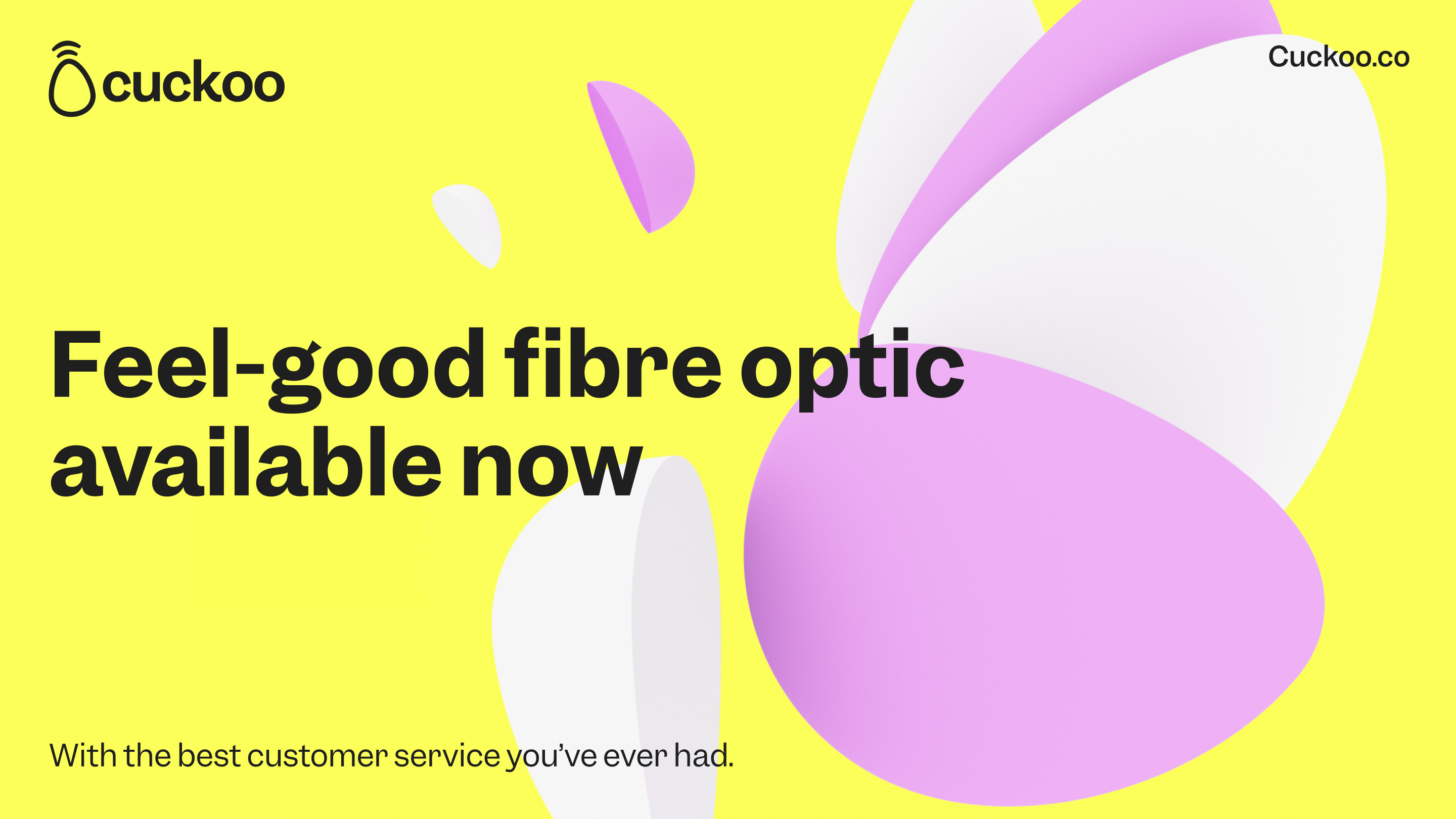
How do you approach a new brief when you get it?
From a process point of view I’ve usually been involved in winning the work, whether that’s a referral, meeting, proposal or pitch. So I’m aware of the work required and will have scoped our approach and process with the head of production.
When it lands in the studio it’s an initial planning session to get it resourced, allocated to the relevant team and ensure there’s the right amount of time for each sprint. We work iteratively in short sprints to really collaborate with our clients. It helps them test anything we’re making, involve their design and product teams and ensure we get the best outcome for them.
Once we’re all set, we’ll have a kick-off with the client, introduce the whole team they’ll work with, go through timings, key workshops and meetings and get any questions out of the way. From there we get things under way.
Strategy will lead the ‘Discover’ process with stakeholder interviews, audits, competitor & comparator reviews, workshops and immersion sessions. Those findings shape the businesses we work with and guide our ‘Imagine’ phase, exploring character and brand / site territories early on to start exploring solutions through design thinking. From there we’ll be able to hone the direction and move into our design sprints.
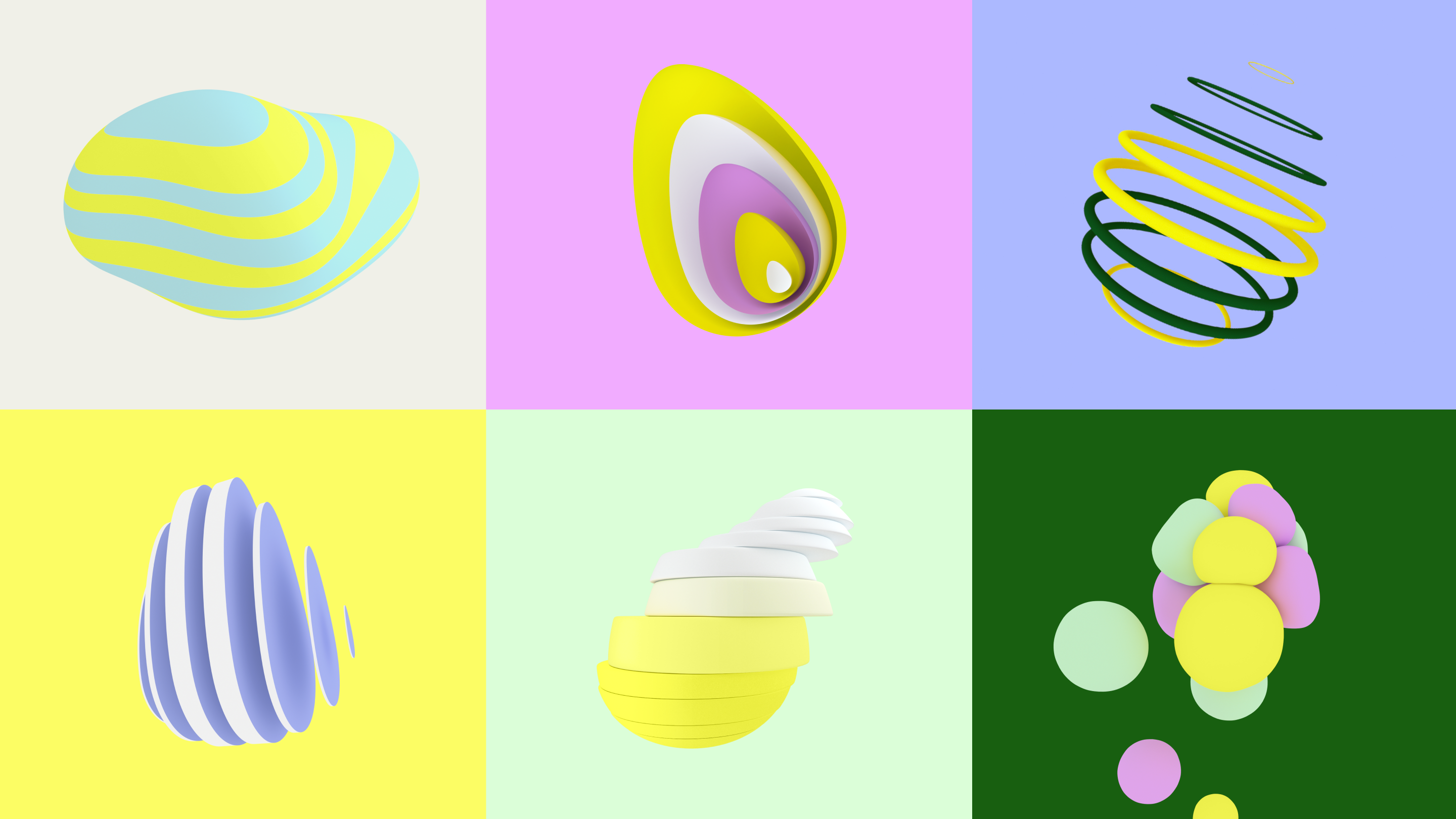
Tell us about a tricky work-related challenge and how you approached it
A few years ago, we had quite a challenging client and the whole team was struggling. This was in the depths of lockdown, we hadn’t seen each other for months, were all working remote and barely left the house. Everyone was burnt out and we needed to make a change.
As soon as the project finished we parted ways with the client, politely declining some more work they offered, as it wasn’t healthy for the team to be working so intensely. It also gave us the chance to review how we were working and think about how we could give the team time to rest and have a better work/life balance.
We tried a 4.5 day week – with a late start on Monday and Friday afternoon off – but the half day on Friday didn’t work. Everyone was busy and generally kept on working on Friday afternoon to get things finished. We realised we needed a bolder move and decided to trial a nine-day fortnight over the summer, with every other Friday off.
The three-month trial was a huge success, with great feedback from the team and positive words from our clients. It’s given people some space to breathe, and whether they’re doing fun things or just catching up on life admin, it’s been a welcome break for everyone. We definitely won’t go back to five days – and a four-day week could even be on the cards in the future.
How can designers ensure their ideas and output stay fresh?
Be willing to continually push creativity forward. Never settle for what's 'on-trend', or what other studios and designers have done. The aim is always to create something new and exciting and ensure it has standout in the category and wider design landscape. Surround yourself with curious minds to open you up to different avenues of creativity and inspiration.
As a studio we encourage exploration early in the creative process and often switch our tools to ensure our work is going down interesting paths. A designer needs to be happy with experimentation and play, allow yourself to fail, learn from it and move past it with your next round of creative work.
Inspiration can come from anywhere, it’s too easy to just rely on a design feed as a starting point. Push yourself to collect and reference anything from the past, films, books, magazines, architecture, art, anywhere really – the weirder the better!
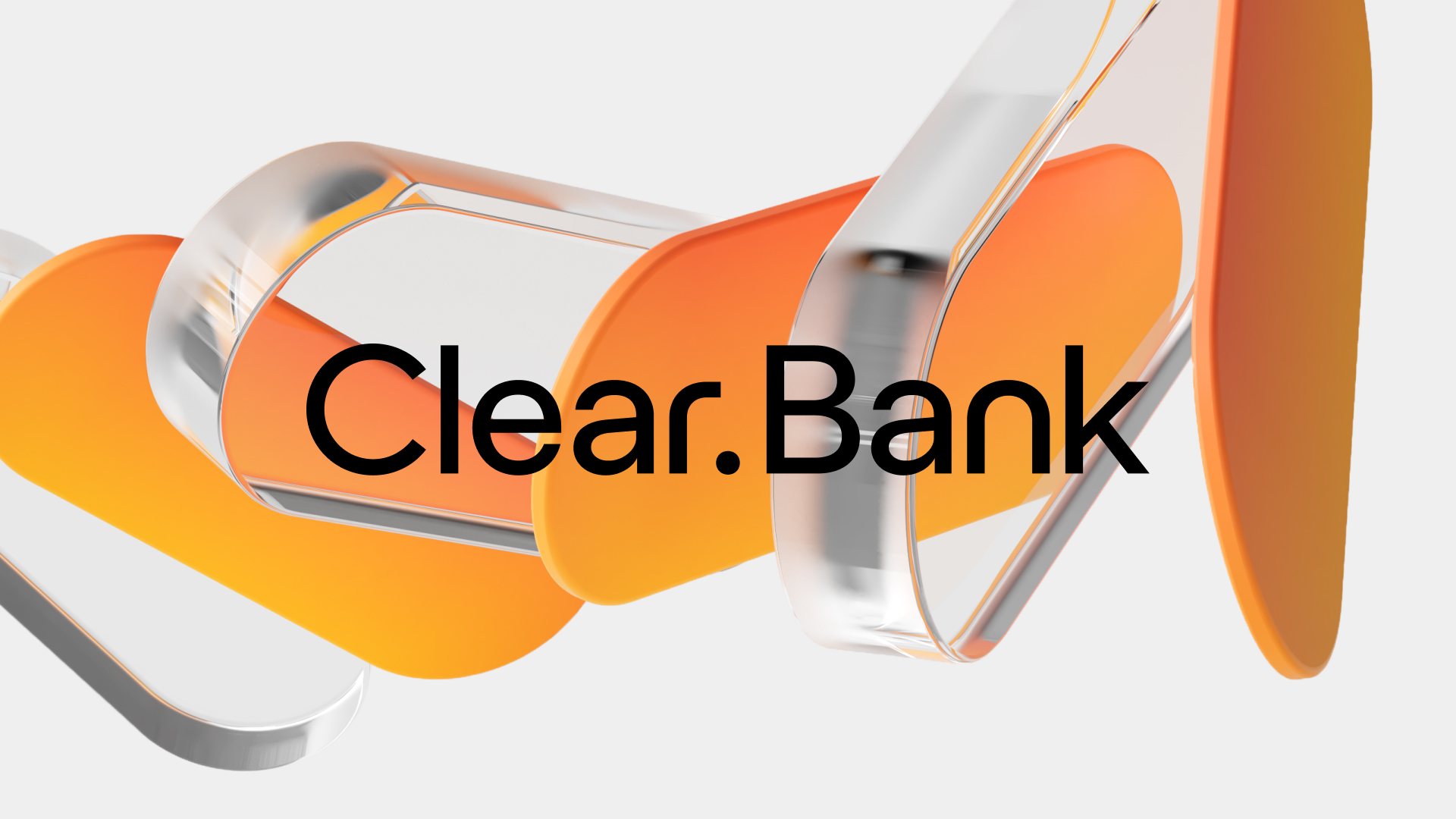
What tips would you give someone who wants to work at a high-profile agency?
Accept that it’s okay to not get the place you dream about on your first or second try. Your career takes twists and turns, embrace them and see what your journey looks like. Don’t put too much pressure on yourself, brand desirability and agencies being 'high-profile' change constantly.
When applying for roles, make the projects you show relevant to them. Don’t just show what you like, think about the work they do and how they would benefit from your skills – then show them the proof. And don’t wait for a role or project to fall into your lap. Be active, use your initiative and put your energy into making the work that will land your dream job.
What about high-profile brands?
High-profile brands can be great to work on. But they can also be big ships that are hard to turn, course correct. Agencies of any scale, profile and project size should be desirable, because the people you work alongside (and in some cases for) will transform your career. Who will you work with? What will you learn from them? How might you grow? These are potentially more interesting questions to ask, and could develop into your dream job.
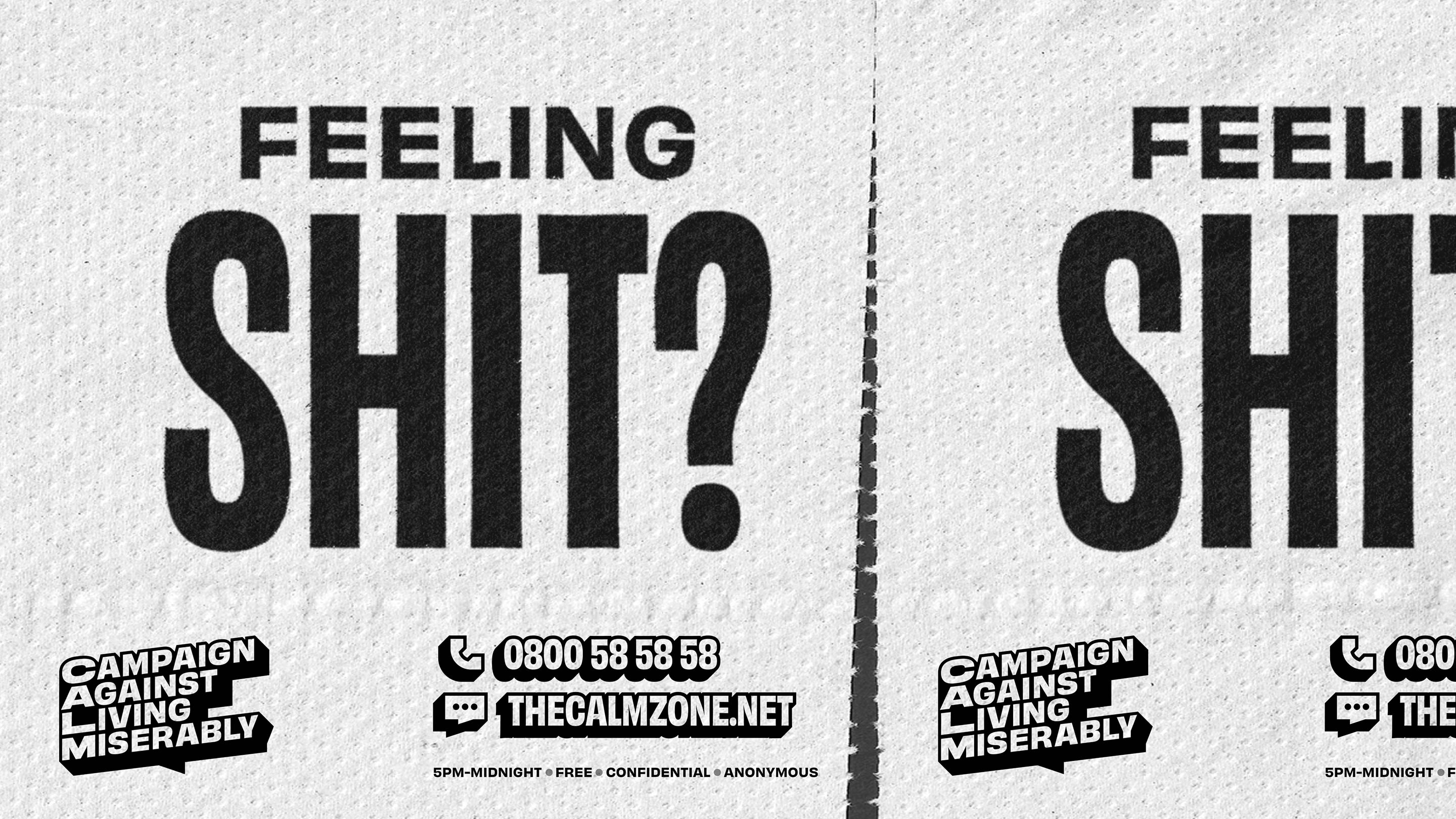
Who's your dream client?
We love scale-ups in the studio rather than established brands, which can be hard to manoeuvre and instigate change. Specifically we love those businesses that can achieve purposeful change! As designers we have amazing opportunities to shape the world around us. We want to work with clients who are brave, who really want to do something different and have a positive impact. It’s definitely not about the sector – if they are doing something worthwhile, are passionate about what they do, and are invested in being part of the process, then that’s a dream client for us.
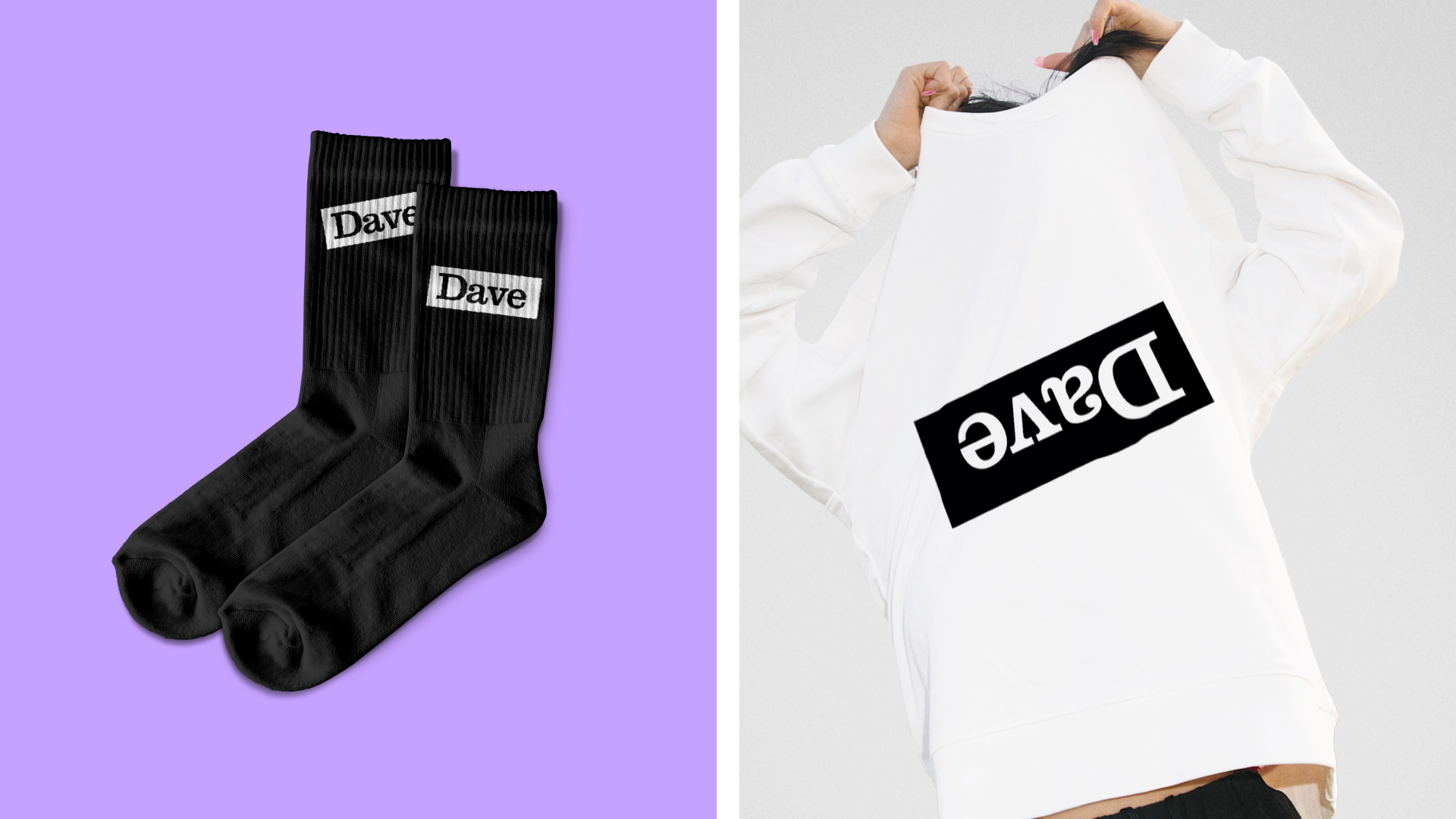
What career advice would you give your younger self?
Maybe don’t rush! As a younger designer I aspired to be a creative director and I was in a hurry to get there. Looking back now I’d have loved more time to simply enjoy being able to create amazing work and push my own skills and processes, rather than getting distracted by the business side of design. However much I enjoy my role now!
To see more of Output's work, visit the Output website.







